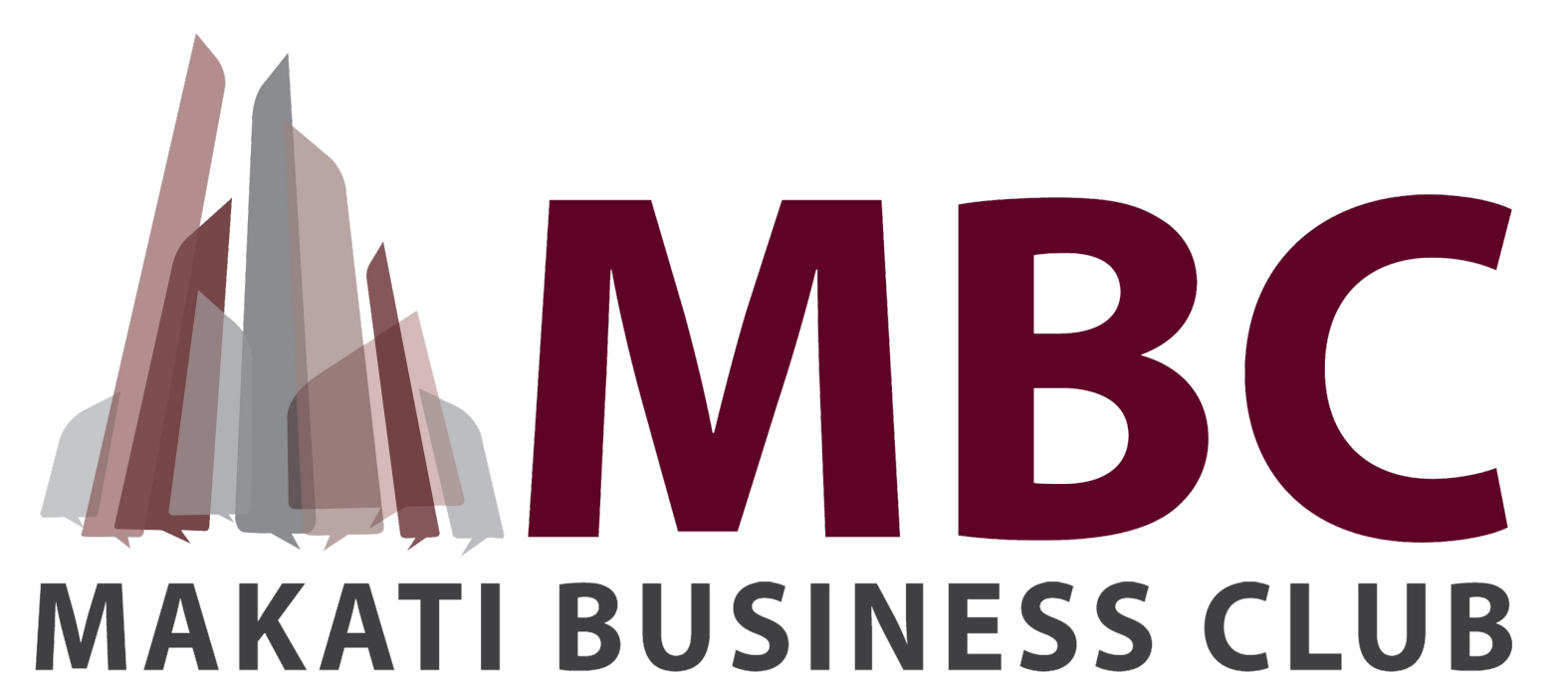The Philippine economy declined 4.2% in the first quarter of the year, an improvement from the 8.3% decline in the fourth quarter of 2020. Gains may be fragile, as the coverage period does not fully encompass the Enhanced Community Quarantine protocols imposed on the NCR Plus bubble (Metro Manila, Bulacan, Cavite, Laguna and Rizal) since the last week of March.
In the first quarter of the year, the biggest gains were in human health and social work activities (11.7%), public administration and defense (7.5%), and ICT (6.3%). The biggest declines were in construction (-24.2%), accommodation and food services (-20.6%), real estate (-13.2%), and other services (-38.0%).
“Our economy may slow down in early 2021 given recent developments, but we will not backpedal. The government is taking a more calibrated approach by addressing the highest sources of risks,” says NEDA Secretary Karl Chua. He adds, “Managing risks and safely reopening the economy are the most effective ways to address hunger and poverty brought about by the pandemic.”
Secretary Chua stressed that the country’s growth prospect largely rests on three policy actions which are the safe reopening of the economy, the full implementation of the recovery package, and acceleration of the vaccine program. As of May 9, a total of 2.4 million vaccine doses have been administered, of which 451,270 are second doses.
Containing the COVID-19 pandemic continues to be a struggle for the government and the rest of society. Short-term measures, such as the nationwide vaccination drive to reach herd immunity, and long-term measures, such as increasing the capacity of our healthcare system and boosting infrastructure drive, will help open the economy safely and increase the competitiveness needed to accelerate job recovery.
